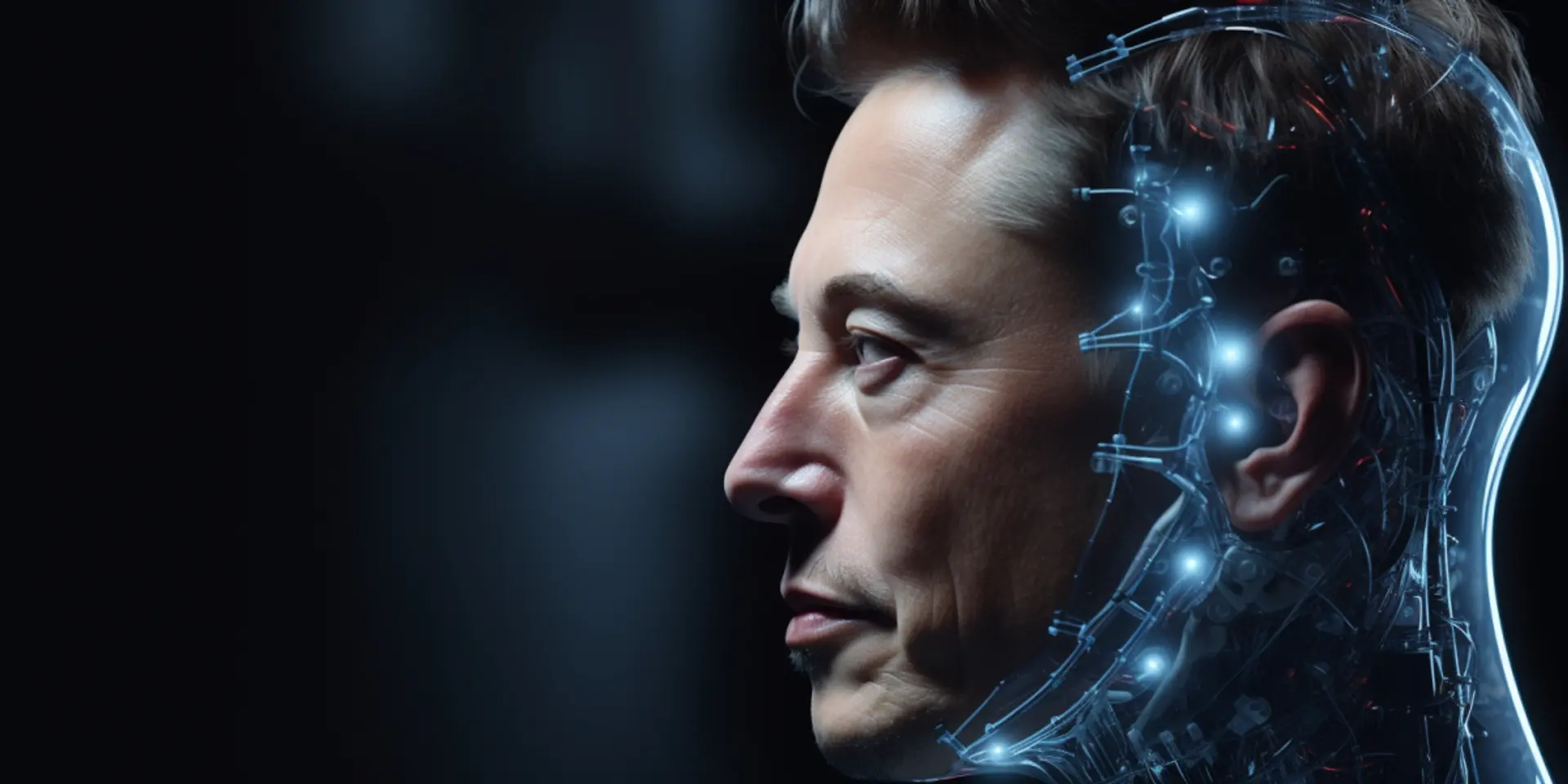Mind control: All you need to know about Elon Musk’s Neuralink implanting brain chip
Blurring the line between humans and machines, Neuralink’s technological advancement can allow people with disabilities to control smartphones and other devices using their brains.
The field of neurotechnology just had a breakthrough. For the first time, a wireless chip has been implanted in a human brain—all thanks to Elon Musk’s brainchild Neuralink, which has been consistently, and often controversially, working on brain-computer interfaces (BCIs).
“The first human received an implant from Neuralink yesterday and is recovering well. Initial results show promising neuron spike detection,” wrote Musk on X (formerly Twitter).
Called Telepathy, the brain implant is designed to enable its user to control a computer or a smartphone—just with their thoughts.
What is Neuralink?
Founded in 2017, Neuralink works to develop BCIs which can be implanted in a human brain, primarily for helping people with paralysis.
In 2019, the brain chip company introduced flexible "threads", which were designed to be implanted in the brain, facilitated by a sewing-machine-like robot. These threads read signals from a paralysed patient's brain, transmitting the data to a smartphone or computer. The aim is to allow patients to control devices using their thoughts, eliminating the need for physical interaction like swiping or tapping.
Initial users will be those who have lost the use of their limbs, said Musk.
“Imagine if Stephen Hawking could communicate faster than a speed typist or auctioneer. That is the goal,” he wrote in a series of posts on X.
What is the end goal?
The company specialises in developing technology focused on implanting electrodes in human brains to interpret signals to address conditions like epilepsy, paralysis, and Parkinson's disease.
An early device, the Utah array, was demonstrated in a human in 2004. Invented by Richard Normann from the University of Utah, it contains several microelectrodes through which neural signals are obtained. Serving as a neural interface, it was originally designed for visual prosthesis applications.
It helps researchers to conduct studies on neural networks and brain functions, especially in the field of brain-computer interfaces, cognitive function, speech, motor, and sensory neuroprosthetics.
To add more, Musk, during a Neuralink presentation in late 2022, stated that the company's devices will help the blind regain vision and provide full-body functionality to those with a severed spinal cord.
Is this product legal?
After performing multiple tests on animals, the company received a nod from the US Food and Drug Administration for the first clinical trial in humans last May. Neuralink is also recruiting paralysed volunteers to study whether the implant enables them to exercise physical control.
“You are being invited to participate in the Patient Registry because you are at least 18 years old and of the age of majority in your state and a U.S. citizen or permanent resident and have any of the following: quadriplegia (paralysis or severe weakness in all four limbs), paraplegia (paralysis in at least two limbs), vision loss, deafness, aphasia (inability to speak), and/or have (major limb amputation (affecting above or below the elbow and/or above or below the knee),” read the ‘informed consent’ form on the website.
In 2022, Musk predicted that human trials would begin within six months. The company had then demonstrated the product’s success in two monkeys, who moved computer cursors only through their brain activity.
However, the company also faced backlash for its animal trials from the Physicians Committee for Responsible Medicine, accusing the company of mishandling many surgeries. Additionally, Neuralink underwent a federal investigation regarding potential animal welfare violations.
Internal staff complaints suggested rushed animal testing resulted in “unnecessary suffering and deaths”, as reported by Reuters.
How does the device work?
The Telepathy device is equipped with 1,024 electrodes which picks up signals from neurons. It is implanted by drilling a hole in the skull to reach the brain. Neuralink has developed a bespoke surgical robot to perform the implant procedure.
The data obtained from brain waves is transferred to the Neuralink app, which decodes them into actions and intents. The device can also be charged wirelessly.
As for the trial duration, the study will take around six years to complete with plans to conduct 11 surgeries this year.
Are there other players?
Companies such as Synchron, Blackrock Neurotech, Paradromics, Precision Neuroscience, and even the US military are actively involved in the BCI field.
While the current focus is on speech, there have been earlier successes in the field of neurotechnology. In one such case, Matthew Nagle, who suffered from spinal cord paralysis, received a brain implant in 2006 which enabled him to control a computer cursor and even play Pong using only his thoughts.
Edited by Kanishk Singh








